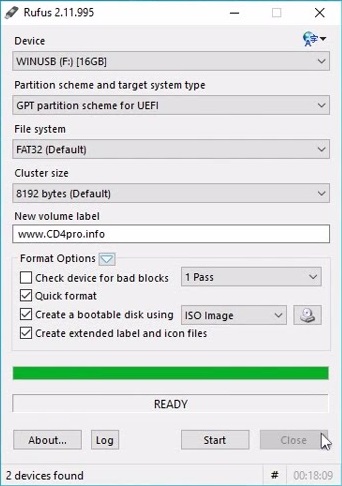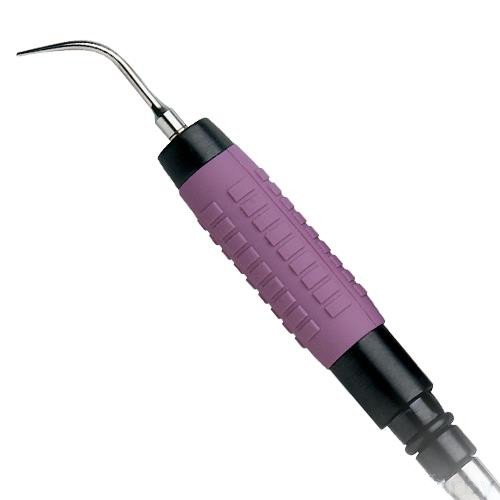


Rebuild marks an element for rebuilding on image reconstruction. Remove marks an element for removal on image reconstuction. Insert has the three different variants: Insert before, Insert after and Insert into, which is only available for UEFI volumes and encapsulation sections. Replace has the same two variants as Extract with the same meaning. The difference is that Extract as is extracts the element with it's header (GUID, size, attributes and other structure-related information are located there), and Extract body extracts the element data only. Extract has two variants: Extract as is and Extract body.

This can include various types of Extract, Insert and Replace operations, as well as Remove and Rebuild. You can open a menu on each tree element to see what operations are possible for the selected element.

Most of messages can be double-clicked to select the element that causes the message. Messages panel show all messages from the engine, including structure warnings and search results. If you select an element, Information panel will show the available information about the selected element based on it's type and contents. Structure of the image is represented as a tree of elements with different names, types and subtypes. The program window is divided into three panels: Structure, Information and Messages. Usage The program can be started directly without any arguments or supplied with a single argument - a path to the UEFI image file to open after start.
#Uefitool insert after install#
Install both of them, get the sources, generate makefiles using qmake ( qmake UEFITool.pro) and use your make command on that generated files (i.e. To build a binary you need a C++ compiler and an instance of Qt4/Qt5 library for it.
#Uefitool insert after windows#
Installation You can either use pre-built binaries for Windows and OSX or build a binary yourself. Original development was started here at MDL forums as a cross-platform analog to PhoenixTool's structure mode with some additional features, but the program's engine was proven to be usefull for another projects like UEFIPatch, UBU and OZMTool.
#Uefitool insert after full#
It supports parsing of full BIOS images starting with the flash descriptor or any binary files containing UEFI volumes. UEFITool is a cross-platform C++/Qt program for parsing, extracting and modifying UEFI firmware images.


 0 kommentar(er)
0 kommentar(er)
